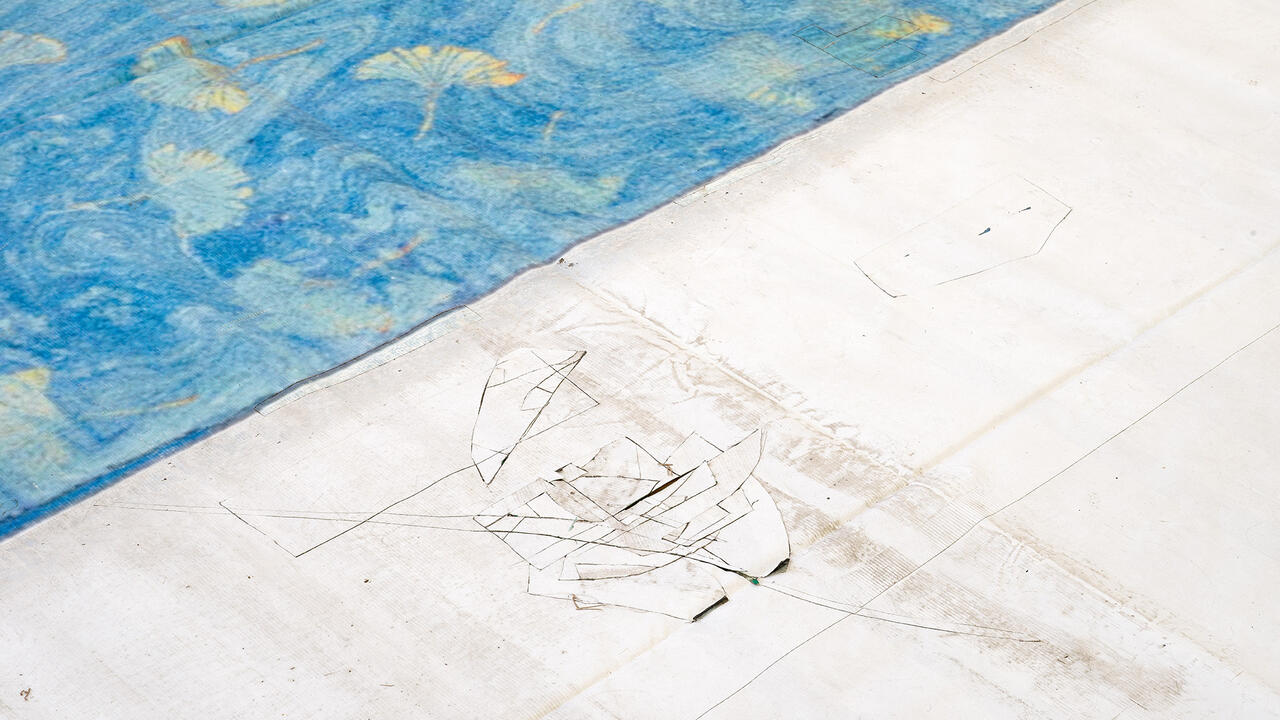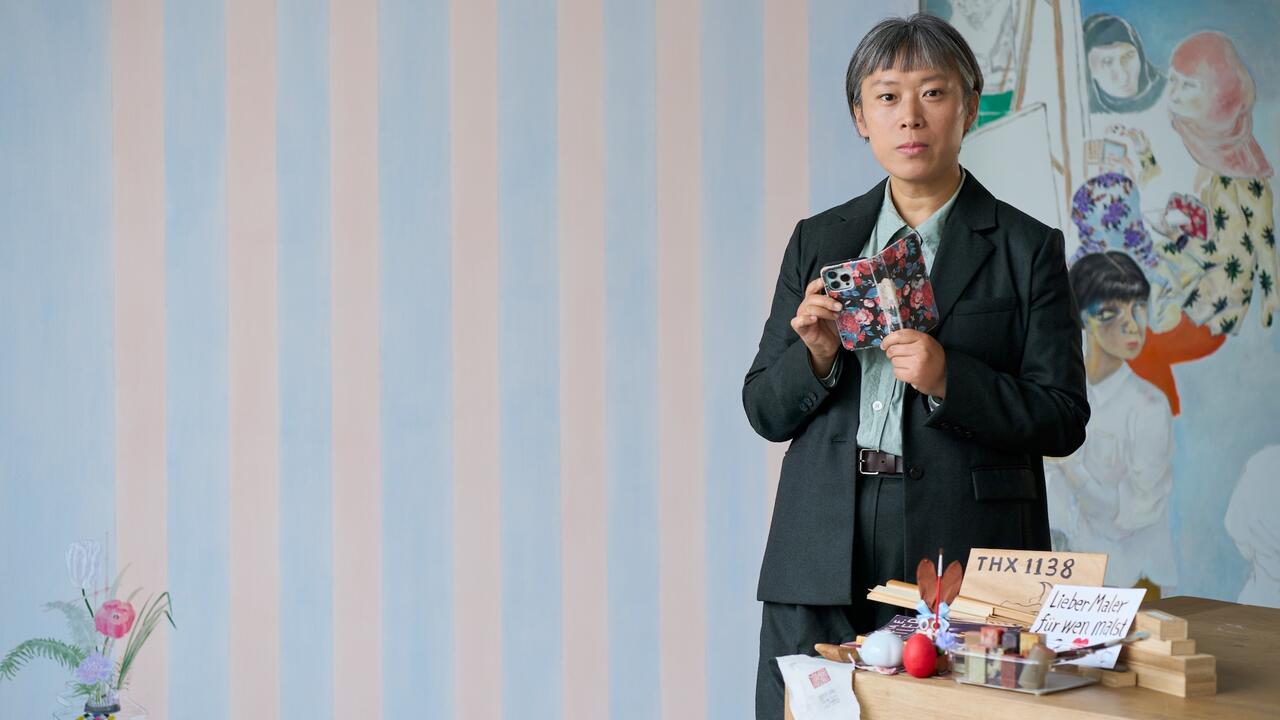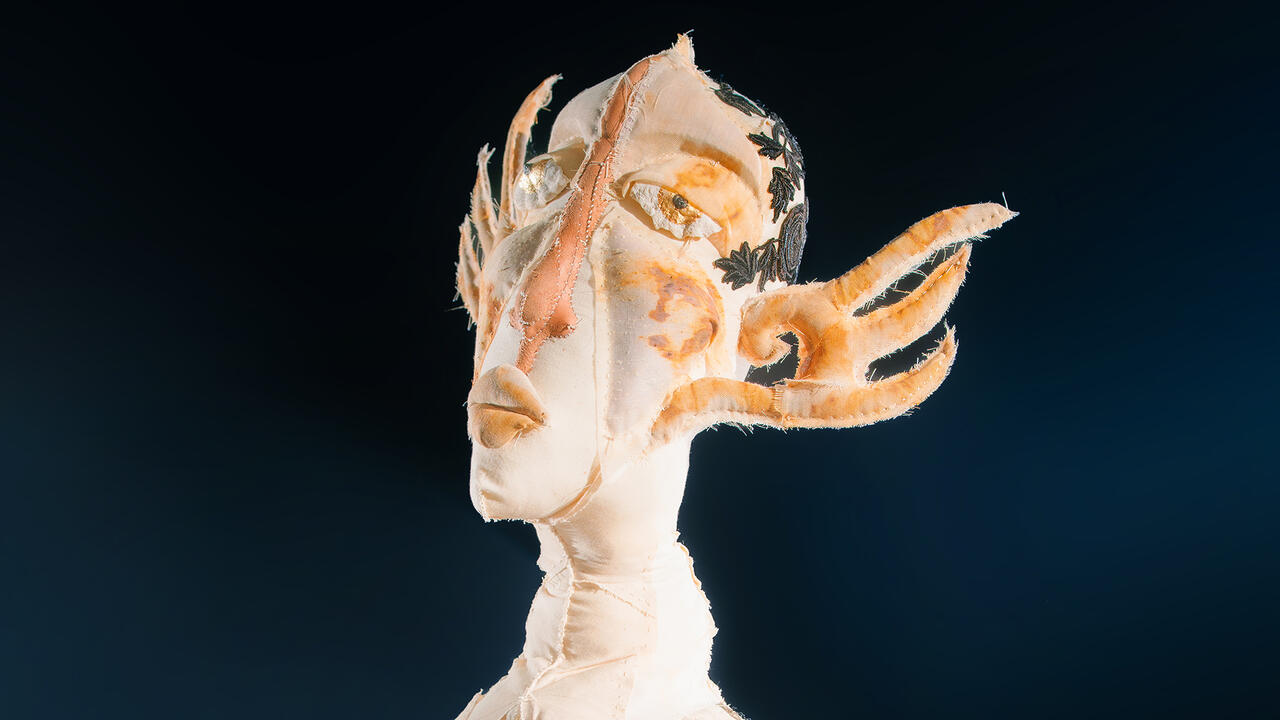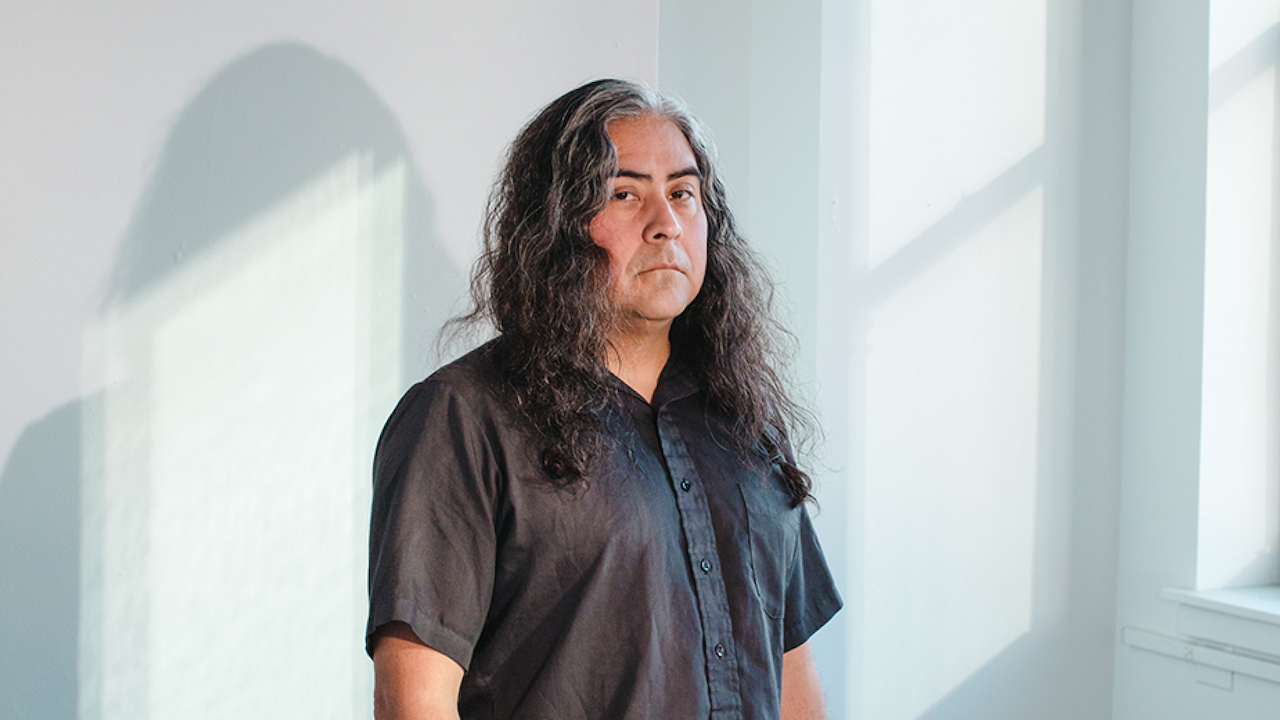Exhibit A
How a team of artists, architects and theorists are exposing state violence
How a team of artists, architects and theorists are exposing state violence

If any of us still imagine that ‘the revolution will not be televised’, in Gil Scott-Heron’s indelible words, it is because we desperately long to escape the converse reality of our present, which immerses us more fully each day in media evidence of reactionary violence. Images of is attacks, mass shootings in the us and police brutality proliferate on our screens, magnetizing our attention. We spend so much of our time watching ‘death in the browser tab’ – to borrow a grim phrase from Teju Cole – that Boston Globe film critic Ty Burr could persuasively list, as ‘the most important films of 2015’, five YouTube links to videos documenting police violence against unarmed people of colour.
Many of today’s politically engaged artists task themselves with visualizing the abuses we don’t see on our smartphones – the covert machinations of the security state. Trevor Paglen has scoured satellite imagery and consulted with human-rights activists to photograph CIA ‘black sites’ (highly classified military and defence projects), not to mention the headquarters and data servers of the NSA. James Bridle has endeavoured to make palpable the off-screen violence of drone warfare by drawing the outlines of unmanned aerial vehicles on city streets, and posting satellite images of the sites of drone strikes to Tumblr and Instagram, with Dronestagram and Drone Shadows (both works 2012–ongoing). And Hito Steyerl shines a light on the development of an all-seeing military apparatus with her video How Not To Be Seen: A Fucking Didactic Educational.MOV File (2013).
Forensic Architecture, a team of artists, architects and theorists based at London University’s Goldsmiths College, likewise seeks to expose state violence, but aims for direct political intervention. Its wide-ranging investigations into crimes against humanity and nature, often undertaken in collaboration with human rights NGOs, have been presented at the United Nations and other prominent legal and political forums. Yet, they have also appeared in contemporary art spaces such as the Haus der Kulturen der Welt (HKW), Berlin, and Fundación Proa, Buenos Aires, where two distinct exhibitions titled ‘Forensis’ were mounted in 2014 and 2015, respectively. (The first show was curated by Anselm Franke and Eyal Weizman; the second by Franke, Weizman and Rosario Güiraldes.) Moving between disciplines and spaces is intrinsic to the project: forensis, the Latin root of forensics, points to the forum as a place for public gathering, not just a legal court.
Led by Weizman since its founding in 2011, Forensic Architecture conducts its investigations by drawing on a range of visual and spatial tools. For example, the team will use citizen photography and satellite imagery to render battlegrounds into virtual environments, or map Amazonian villages through remote sensing techniques, then produce videos and installations that narrate a case with information compiled through research and interviews. Viewing ‘Forensis’ was like entering a multimedia file cabinet; data surrounded the visitor, in the form of maps, timelines and grids. Extensive didactic texts threatened to overshadow the videos that emerged as the most compelling works.
Exacting and empirical, Forensic Architecture’s work is single-mindedly driven by its members’ political commitments. Where Paglen relies on the sublime effects of his eerie, large-scale photographs to convey the vast dominion of the security apparatus, and Steyerl crafts her video installations in a spirit of playful critique, Forensic Architecture opts for clear communication of the facts. Consider Nakba Day Killings (2014), a video that fuses CCTV imagery, news footage and geographical data to re-create a scene of protest in the West Bank. It analyzes its subjects’ lines of sight, as well as the varying timbre of gunshots, to demonstrate an Israeli soldier’s intention to kill an unarmed Palestinian teenager. A voice-over by sound artist Lawrence Abu Hamdan methodically reconstructs the team’s fact-finding procedure, which hinges on a comparison of the frequencies of live bullets, rubber bullets and live bullets fired through rubber-bullet extensions, without injecting any subjective commentary or unrelated imagery.
To Forensic Architecture’s great credit, its investigations have not only ‘raised awareness’ – typically the high bar for social impact in the art world – but contributed to legal victories for oppressed communities. For example, the team provided crucial visualizations in a lawsuit that successfully froze plans to construct an extension of the Israeli separation barrier, which would have cut through a Palestinian village south of Jerusalem. Not incidentally, Forensic Architecture’s aesthetics arise in direct concert with advocacy organizations, unlike most post-conceptual or ‘social practice’ art aimed at (often vague) community uplift. Imagine Thomas Hirschhorn asking social-justice groups how Gramsci Monument (2013) could cease to be a monument.

Forensic Architecture resembles a CSI unit more than an artist collective, though its activism would set alarm bells ringing in any police department. So why forensics? Weizman links his team’s digital detective work to a ‘forensic turn’ in culture and politics, which he finds on TV and in war crimes investigations that prioritize objective traces over human witnesses. Weizman and his frequent collaborator Thomas Keenan explain in their book Mengele’s Skull: The Advent of Forensic Aesthetics (Sternberg Press, 2012) how, in the mid-1980s, forensic anthropologists led a highly publicized effort to determine whether bones exhumed in Brazil belonged to one of the last fugitive Nazi war criminals, Josef Mengele. The media fanfare placed scientists in the position of persuading an international public that a skeleton was ‘guilty’ (of having been a high-ranking Nazi), a feat accomplished with video-imaging tools that superimposed photos of a living Mengele’s face onto his skull. This technique exemplifies what Weizman, writing in the hefty catalogue for HKW’s ‘Forensis’ show, calls ‘prosopopoeia – the mediated speech of inanimate objects’ – a twist on the rhetorical device in which forensic experts enlist digital technologies to bring inert matter to life.
Following in these scientists’ footsteps, Forensic Architecture’s aim is less to speak truth to power than to infuse material remains with the power to speak truth. The team’s philosophy resonates with the burgeoning field of ‘new materialisms’ – from Bruno Latour’s actor-network theory to Jane Bennett’s Vibrant Matter: A Political Ecology of Things (2009), which in various ways de-centre the human in favour of things. Most powerfully, such tenets can foster a concept such as ‘non-human rights’ – expressed in Ecuador’s 2008 constitution, the first in the world to label nature a legal subject – which Forensic Architecture member Paulo Tavares explores in a section of ‘Forensis’ comprised of several videos and interviews on the subject of environmental destruction in the Amazon.
Bennett and numerous other scholars associated with the ‘non-human turn’ in cultural theory have been criticized for allegedly relinquishing human agency by reducing people to mere matter. No doubt sensitive to these debates, Weizman is quick to caution that forensic aesthetics require both a human subject to animate the evidentiary object and a forum in which this mediation can take place. But this caveat does not address the problem of how people receive evidence and come to feel it as true outside the courts.
Consider news coverage of the ongoing war in Syria. Steady footage of bloodied bodies, along with statistics detailing the civilians starved, tortured and killed by Bashar al-Assad’s regime, has led much of the world to avert its eyes where a single photograph of a child refugee lying dead on the beach stirred people and compelled them to act. Seeing is, in a limited sense, believing, but when it comes to hard truths, images must be culturally resonant and affectively startling to move us from intellectual recognition to empathy and conviction.
In legal forums, forensic science has ascended as digital technologies have enabled advocates to circumvent unreliable testimony and distorted memory – and Forensic Architecture has played an important role in the human rights victories that can result from such advances. But so far as a politics of the image is concerned, it would be a great loss for artists to dismiss the impact these and other human qualities, however faulty, can have.





















